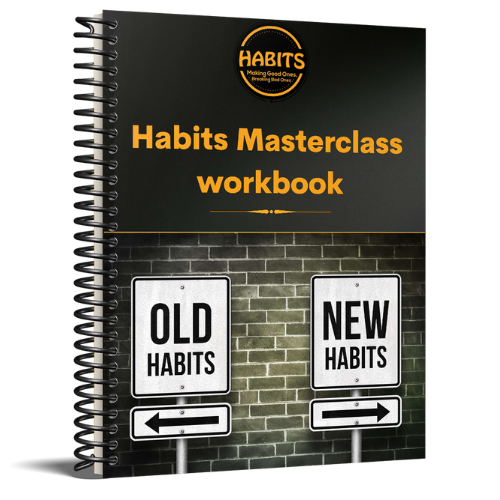Who Is This Baby?
In a few days, you’ll gather with family, enjoy old traditions, play special music, and celebrate the birth of a peasant baby born 2,000 years ago in an obscure village in a backwater province in a foriegn country. Why? What is so special about this day? It all hinges on who you think Jesus was. […]










